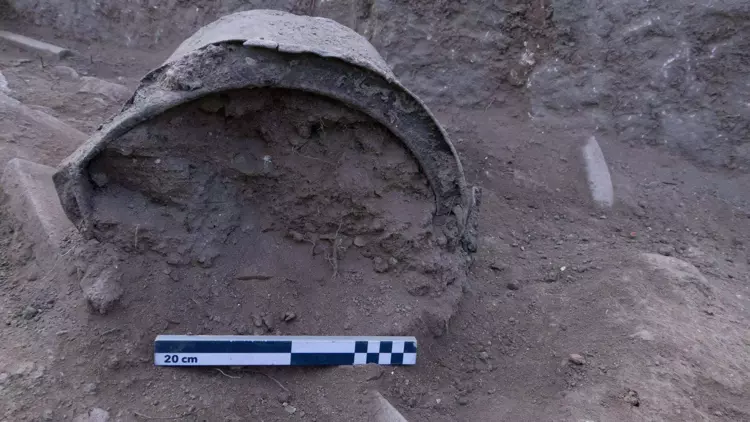
1,400-Year-Old Intact Bronze Cauldron Discovered in the Mosaic House at Pergamon
An exceptionally well-preserved bronze cauldron, dating back approximately 1,400 years, has been unearthed during archaeological excavations in the ancient city of Pergamon, located in the Bergama district of İzmir, western Türkiye. The cauldron was found in its original position, inside a pool situated in the stone courtyard of a building complex known as the “Mosaic House.” Its preserved state and archaeological context offer unique insights into daily life, water usage, and bronze craftsmanship during the Byzantine period.
The discovery was made as part of excavations conducted under the Turkish Ministry of Culture and Tourism’s “Heritage for the Future” initiative, within the Pergamon Multi-Layered Cultural Landscape—listed as a UNESCO World Heritage Site. The excavation is led by Prof. Dr. Yusuf Sezgin, head of the Archaeology Department at Manisa Celal Bayar University.
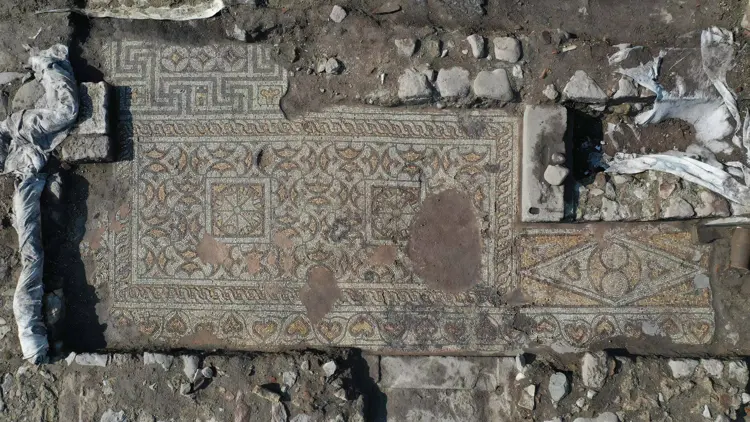
An Exceptional Find Within an Ancient Water Structure
The area where the cauldron was discovered lies near the Red Basilica (Kızıl Avlu), in a mosaic-floored structure. The bronze vessel was located inside a pool likely used for collecting rain or spring water, and it remained untouched since the site was abandoned in the 7th century CE.
📣 Our WhatsApp channel is now LIVE! Stay up-to-date with the latest news and updates, just click here to follow us on WhatsApp and never miss a thing!!
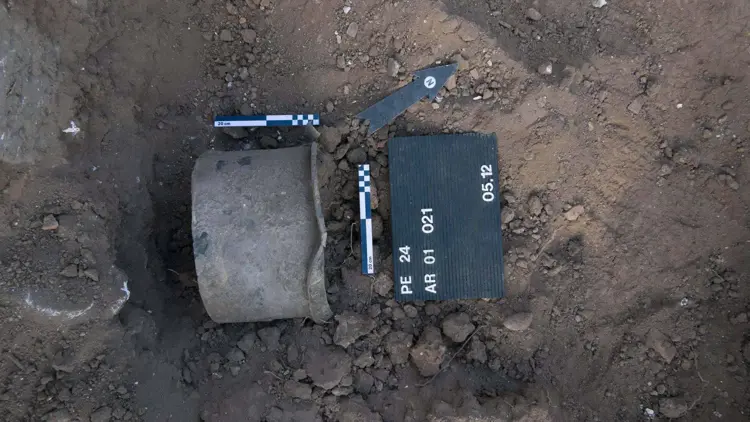
Prof. Dr. Sezgin emphasized the significance of the find:
“This cauldron stands out not only for the quality of its material but also for its preserved position and craftsmanship. It was produced using a hammering technique, remarkably similar to traditional bronze working methods still practiced today in cities like Diyarbakır and Şanlıurfa.”
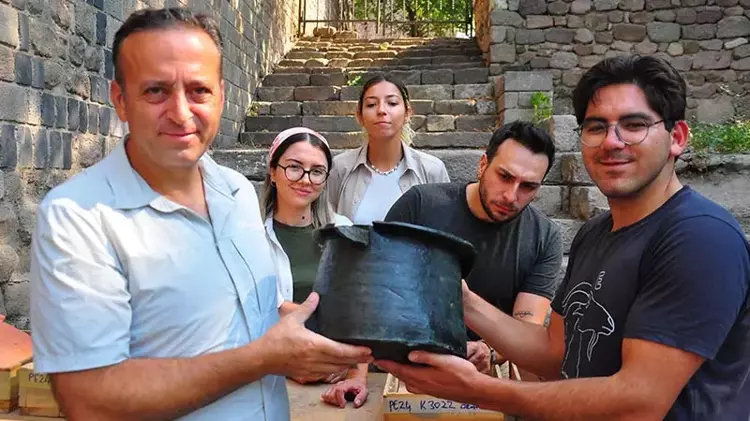
Photo: DHA
The Silent Witness of Bronze: A Space, A Time, A Culture
In antiquity, bronze was a costly material typically reserved for special purposes. This suggests the cauldron may have had a function beyond everyday use. The presence of a kitchen structure directly behind the pool supports the theory that it was used for water transport or ritual cleansing. The complex is believed to have been abandoned during the late Byzantine period, possibly due to Arab incursions or natural disasters.
The Mosaic House: Traces of an Elite Structure
The cauldron was found in an architecturally rich setting, with mosaic-covered floors suggesting it once belonged to high-ranking officials or prominent religious figures. In this context, the vessel transcends a utilitarian function, embodying cultural and social significance.
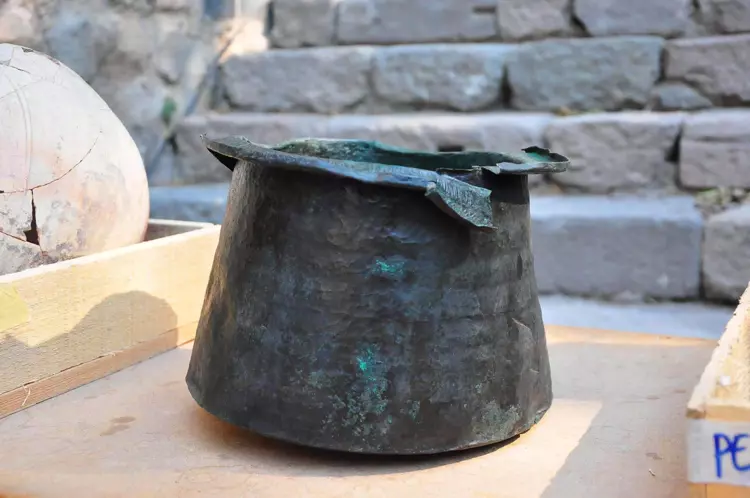
Prof. Dr. Sezgin added:
“There are no written sources regarding the exact use of this cauldron, but its location offers direct evidence about how ancient people utilized water, organized space, and practiced metallurgy.”
Cultural Heritage and Archaeological Depth
The bronze cauldron has been fully cleaned and restored, and is expected to go on display soon at the Bergama Museum. This discovery is not merely a technical or artistic artifact—it stands as a living document, illuminating aspects of daily life, water systems, architectural choices, and technological proficiency in antiquity.
Once again, this find highlights the multi-layered history and rich archaeological potential of ancient Pergamon.
You may also like
- A 1700-year-old statue of Pan unearthed during the excavations at Polyeuktos in İstanbul
- The granary was found in the ancient city of Sebaste, founded by the first Roman emperor Augustus
- Donalar Kale Kapı Rock Tomb or Donalar Rock Tomb
- Theater emerges as works continue in ancient city of Perinthos
- Urartian King Argishti’s bronze shield revealed the name of an unknown country
- The religious center of Lycia, the ancient city of Letoon
- Who were the Luwians?
- A new study brings a fresh perspective on the Anatolian origin of the Indo-European languages
- Perhaps the oldest thermal treatment center in the world, which has been in continuous use for 2000 years -Basilica Therma Roman Bath or King’s Daughter-
- The largest synagogue of the ancient world, located in the ancient city of Sardis, is being restored

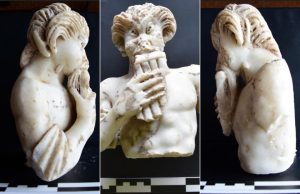
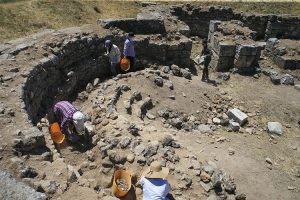
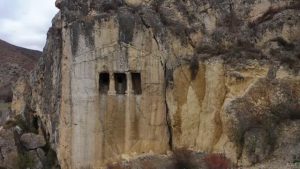
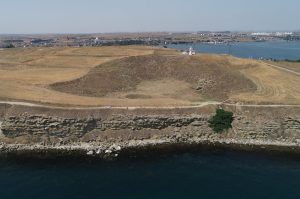

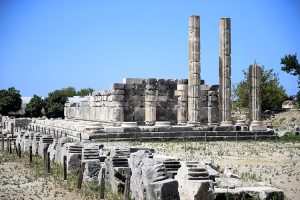


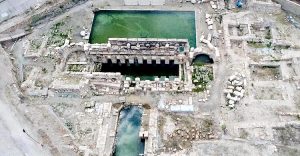
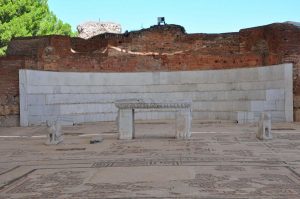
Leave a Reply